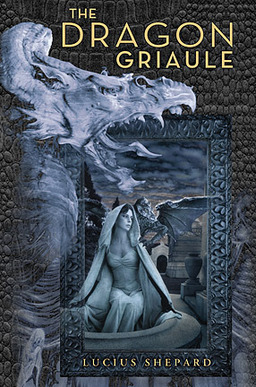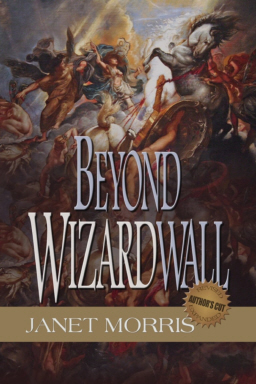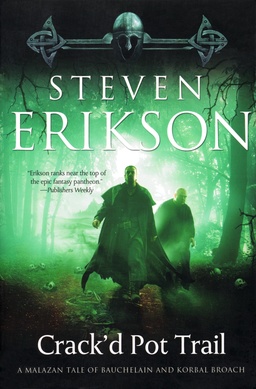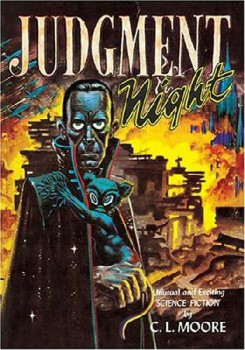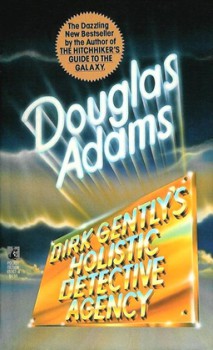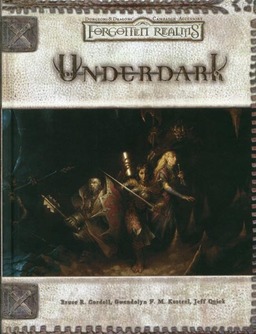Ancient Worlds: Heracles and Hylas

As the Argonauts come closer to their destination, Apollonius finds himself with a problem that is familiar to many a DM: he has one character that significantly outclasses the other players. I refer, of course, to Heracles. A good adventure relies on tension and tension requires the possibility of real danger. A character that can Herc-smash every obstacle that stands in the party’s way is frustrating to both the writer and the audience.
In other scenarios, you can kill this guy off. But when your over-powered character is a well-known minor god with a well-established canon, you’re in a bit of a bind. So Apollonious does the next best thing and ushers Heracles off-stage by means of a side-quest. As mentioned before, Heracles is travelling on the Argo with Hylas, a boy who acts as his bow-carrier. At a stop for supplies, Hylas takes a jug and goes to fetch water. At the spring, his beauty attracts the attention of the nymphs, who seize him and pull him into their pool.
When Hylas fails to return, Heracles goes looking for him and, in the process, misses the boat. When the other Argonauts notice his absence, they accuse Jason of ditching Heracles on purpose and demand that they turn around to fetch him. This is when a sea god appears (yes, it is a literal deus ex machina) and informs them that Heracles has a destiny that does not include the quest for the Golden Fleece and that it is against the will of Zeus that they turn around.
Take THAT, character with suspiciously lucky dice.

